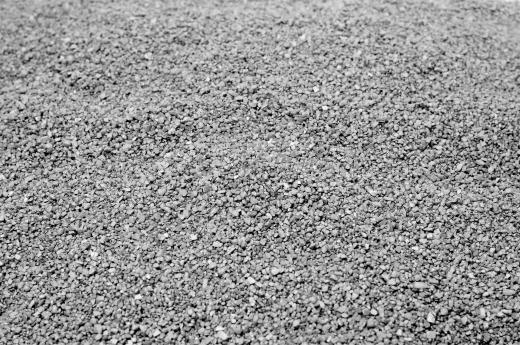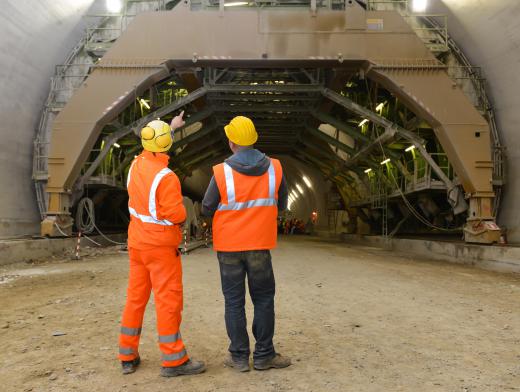Roughcasting is a type of exterior finishing method used in the construction of buildings. In roughcasting, small pebbles and gravel or other like materials are mixed into the concrete or plaster as a finish for the exterior surface of the walls. The material dries into a rough and durable finish that is often maintenance-free for decades. Roughcasting is often confused with pebbledashing, a process where pebbles and stones are thrown against a soft cement finish.
While popular in home construction, roughcasting began as a type of finish for commercial, common and out buildings. The practice of throwing the pebbles or gravel against a wall in roughcasting requires a good eye. The object is to throw the gravel and other substances onto the wall to produce a smooth even coating with no missed spots. Once dried, the finish is durable and requires very little maintenance.

In some areas of the world, roughcasting includes the use of tiny sea shells instead of sand or gravel. This gives a very unique style to water-front homes. Tinting and color additives are also used in sand or gravel mixes to add a certain color to the finished home. While primarily used for exterior wall finishing, roughcasting is also a unique way of adding flavor to an interior wall.

A modified version of roughcasting is used to waterproof basement walls in some areas. A plastic sheeting is fastened against a wall to which a plaster and chemical mixture is sprayed over the plastic. The surface dries to form a waterproof barrier. This type of waterproofing is often applied in the construction of tunnels. While it is effective, it is also an expensive means to a problem that is often better dealt with using much more common methods.
One negative aspect in roughcast finishing lies in the difficulty in matching repair color and finish textures. On areas which become damaged, new roughcast is often easily detected among the original finish. The time factor as well as the weather that the original finish is exposed to is often extremely difficult to replicate when mixing a new batch of wall covering. It often becomes necessary to remove the original finish and recover an entire wall.
One method employed by builders to ensure that a uniform thickness of roughcast is applied is to use a wide board to press the finish flat. By using the board, the finish is applied in the same thickness by pressing it out much like floating out a concrete floor. The uniformity of the wall's finish adds to the final appearance.
